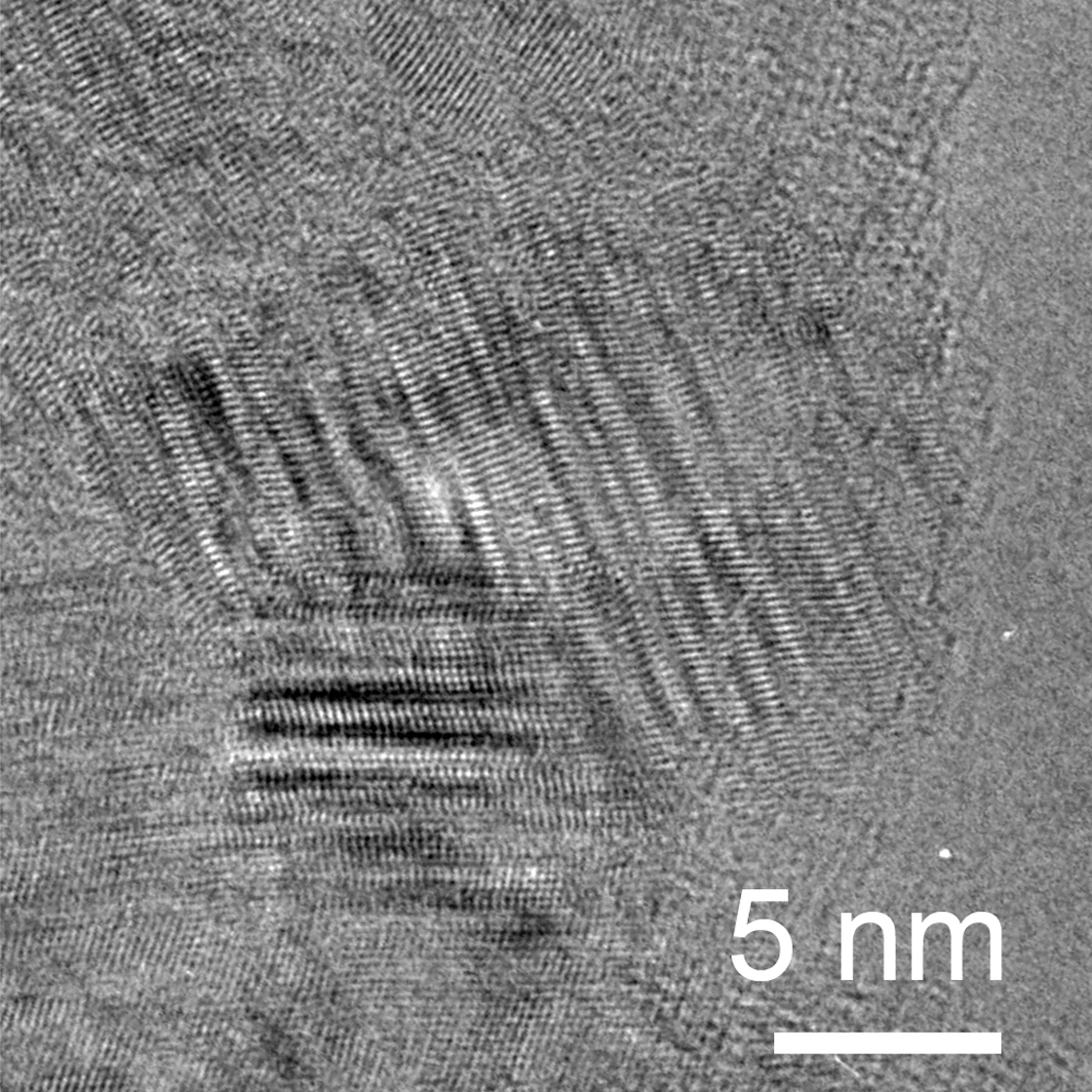The wide variety of fascinating and complex nanostructures contained within meteorites, impacted rocks, and laboratory-shocked samples can be targeted to produce the future diamond-related materials with improved mechanical, thermal and optoelectronic properties – says a scientist from the Institute of Materials and Environmental Chemistry and his colleagues in their Commentary paper published by the high ranking Nature Materials journal.
Diamond is not only the symbol of wealth but is an important technological material. It is a transparent, superhard wide-bandgap insulator with remarkably high thermal conductivity thanks to its structure consisting of covalently bonded carbon atoms. However, there are numerous applications that would require us to tune these properties or combine them with others. For example diamond is hard but is not ductile and fractures easily, thus it is inappropriate for applications requiring an ability to adjust its shape in response to applied stress and to absorb mechanical shock. Similarly, engineering the electronic properties of diamond from insulating to conducting would be advantageous for the semiconductor industry.
Now an international team of scientists from the Institute of Materials and Environmental Chemistry and University of Pannonia, University of Bath, Arizona State University, University College London and University of Milano-Bicocca draws attention to the engineering possibility of the complex and fascinating nanostructures occurring in impact diamonds and laboratory-shocked samples (Figure 1). According to the authors’ Commentary published in Nature Materials (reference 1), these nanostructures could be attractive for producing the next-generation diamond-related materials with tunable mechanical, thermal and optoelectronic properties.
The study was motivated by the new understanding of impact-diamond structures provided by the latest state-of-the-art ultra-high resolution transmission electron microscopy, the McDIFFaX stacking analysis of X-ray diffraction data and the recent development of advanced electronic structure calculation methods. Furthermore, the authors were prompted by their recently published paper (reference 2), in which they demonstrated the existence of a new class of carbon materials that combine the super-hardness of diamond with the flexibility and fracture resistance afforded by the inclusion of graphite or few-layered graphene within the structure of diamond.
In the Commentary the scientists highlight and classify the structural complexity of diamonds found in meteorites and laboratory-shocked samples by applying a systematic hierarchical approach and investigate their energetic stability. In particular, they describe the intriguing complexity of cubic-hexagonal stacking disorder and nanotwinned structures, layered graphene domains included within covalently bonded carbon, diamond units contained within graphitic materials as well as rounded, fullerene-type nanostructures and twinned structures with unusual five- and twelve-fold rotational symmetries.
The authors point out that so far these complex nanostructures have been identified mainly among meteorite samples or impacted rocks, or shown to be present in laboratory-shocked materials. Some structures are prevalent among millimetre-sized samples, others constitute only a small fraction of the overall volume, but according to theoretical calculations they exist at relatively low energy and are expected to be kinetically stable. They are therefore candidates for obtaining larger scale metastable carbon materials formed by static or dynamic compression that are recoverable to ambient conditions.
The authors suggest the nanostructures can be targeted for preparing materials with exceptional hardness as well as improved fracture toughness and ductility. Furthermore, they can be attractive for engineering the electronic conductivity as well as the optical and thermoelectric properties of diamond.
“Engineering and preparing the next generations of complex carbon nanostructures for new applications is the task of the future.”
– summarizes Péter Németh, one of the leading authors of the paper.
The research was supported among others by the NKFI FK126502 projects, the ÚNKP-19-4-PE-4 New National Excellence Program of the Ministry for Innovation and Technology and János Bolyai Research Scholarship of the Hungarian Academy of Sciences.
Further information: nemeth.peter@ttk.hu
References
1. Németh P, McColl K, Garvie LAJ, Salzmann CG, Murri M, McMillan PF Complex nanostructures in diamond. Nat. Mater., 2020, doi: 10.1038/s41563-020-0759-8
2. Németh P, McColl K, Murri M, Smith RL, Garvie LAJ, Alvaro M, Pécz B, Jones AP, Corà F, Salzmann CG, McMillan PF Diamond-graphene nanocomposite structures. Nano Letts., 2020, 20(5):3611–3619.

Figure. 1. Structural complexity of the diamond in the Canyon Diablo meteorite.

